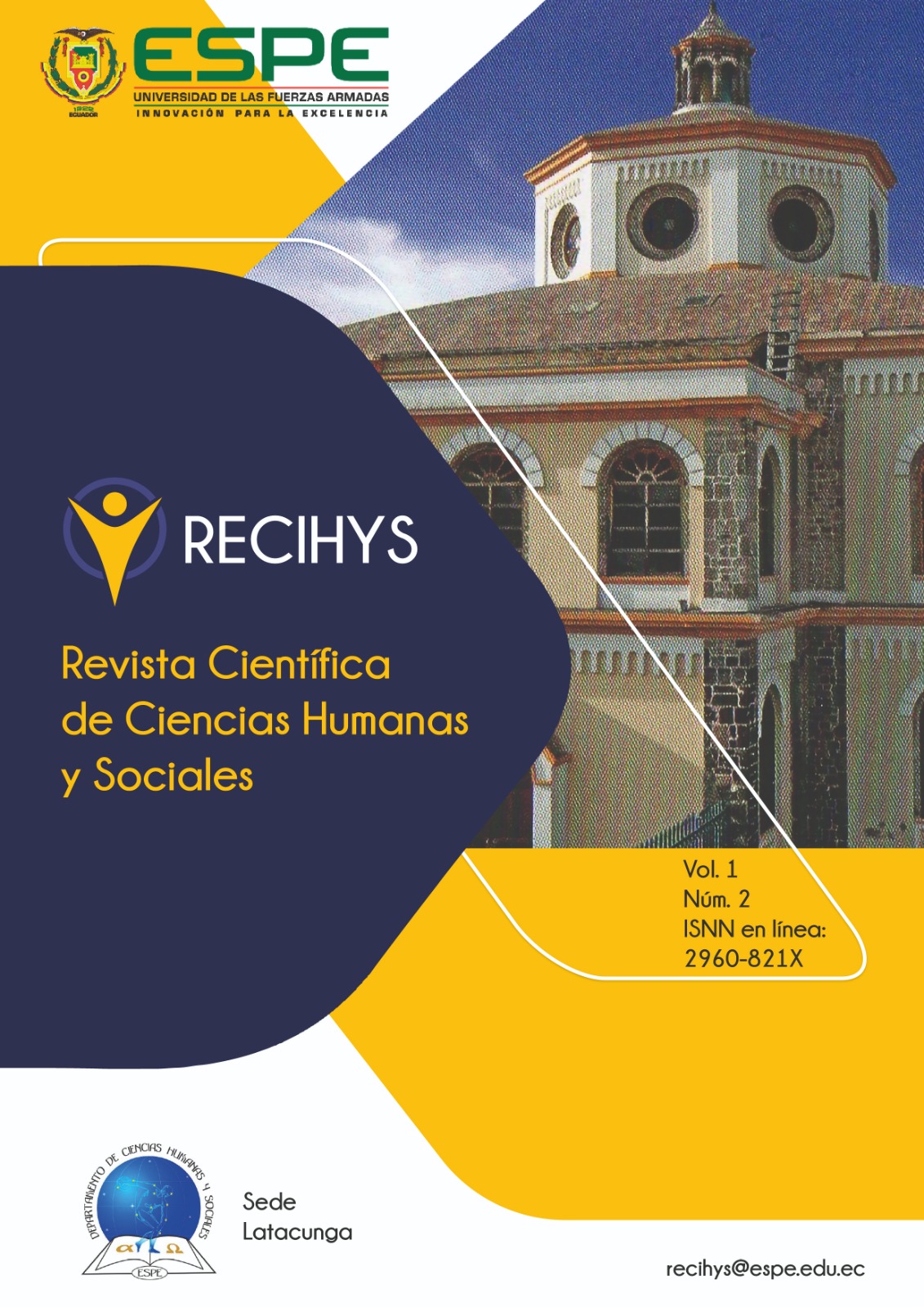strategic management of human resources: a look from thecompetences in the human sciences
Main Article Content
Abstract
The strategic management of human resources: a view from the competencies in the human sciences, addresses the complex relationship between human resources management and competencies in the human sciences. The research focuses on understanding the analysis of those key competences that foster professional performance in the field of human sciences. The importance of strategic management in the field of human management is highlighted, emphasizing learning and continuous development. The study also identifies challenges such as resistance to change and the relevance of training. The conclusion emphasizes the need for an integrated and collaborative approach to achieve a more humanized and effective management. This research is vital for the understanding and continuous improvement in the management of human talent, providing an enriched and multidimensional perspective in the context of the Human Sciences, thus fostering a more collaborative and resilient work environment.
Downloads
Article Details

This work is licensed under a Creative Commons Attribution-NonCommercial-NoDerivatives 4.0 International License.
Authors who publish in this journal agree to the following terms: Authors retain the copyright and guarantee the journal the right to be the first publication of the work, as well as, licensed under a Creative Commons Attribution License that allows others share the work with an acknowledgment of the authorship of the work and the initial publication in this journal. Authors may separately establish additional agreements for the non-exclusive distribution of the version of the work published in the journal (for example, placing it in an institutional repository or publishing it in a book), with acknowledgment of its initial publication in this journal. Authors are allowed and encouraged to disseminate their work electronically (for example, in institutional repositories or on their own website) before and during the submission process, as it may lead to productive exchanges as well as further citation earliest and oldest of published works.
How to Cite
References
Armstrong, M. (2012). Armstrong's Handbook of Human Resource Management Practice. Kogan Page Publishers.
Armstrong, M., & Taylor, S. (2020). Armstrong's Handbook of Human Resource Management Practice. Kogan Page Publishers.
Avolio, B. J., & Gardner, W. L. (2005). Authentic leadership development: Getting to the root of positive forms of leadership. Leadership Quarterly, 16(3), 315-338.
Bass, B. M., & Riggio, R. E. (2006). Transformational Leadership. Psychology Press.
Cejas, M., Mendoza D., Alban C. y Frias E. (2020). Caracterización del perfil de las competencias laborales en el docente universitario. Orbis: revista de Ciencias Humanas, ISSN-e 1856-1594, Año 15, Nº. 45, 2020, págs. 23-37
Deci, E. L., & Ryan, R. M. (2012). Self-determination theory. In P. A. M. Van Lange, A. W. Kruglanski, & E. T. Higgins (Eds.), Handbook of theories of social psychology (Vol. 1, pp. 416-436). SAGE Publications Ltd.
Huselid, M. A. (1995). The impact of human resource management practices on turnover, productivity, and corporate financial performance. Academy of Management Journal, 38(3), 635-672.
Kaplan, R. S., & Norton, D. P. (2001). The Strategy-Focused Organization: How Balanced Scorecard Companies Thrive in the New Business Environment. Harvard Business Press.
Lawler, E. E., & Worley, C. G. (2006). Built to Change: How to Achieve Sustained Organizational Effectiveness. Jossey-Bass.
Lévy-Leboyer, Claude (2009). Gestión de las Competencias. Editorial 2000.
Llopart, Xavier (1998). La Gestión de los Recursos Humanos en Base a Competencia. Análisis de Competencias en Empresas de Auditoria. Universidad de Barcelona
Mertens, Leonard (2010). La Gestión por Competencia Laboral en la Empresa y la Formación Profesional. Programa de Cooperación para el Diseño de la Formación Profesional (IBERFOP).Organización De Estados Iberoamericanos para la Educación, la Ciencia y la Cultura (OEI).Madrid España
Northouse, P. G. (2018). Leadership: Theory and Practice. Sage publications.
Tobon, Sergio (2006). Competencias en la Educacion Superior. Políticas hacia la Calidad. Ediciones ECO. Colombia.
Vroom, V. H. (1964). Work and Motivation. Wiley.
Yukl, G. (2012). Leadership in Organizations. Prentice Hall.

